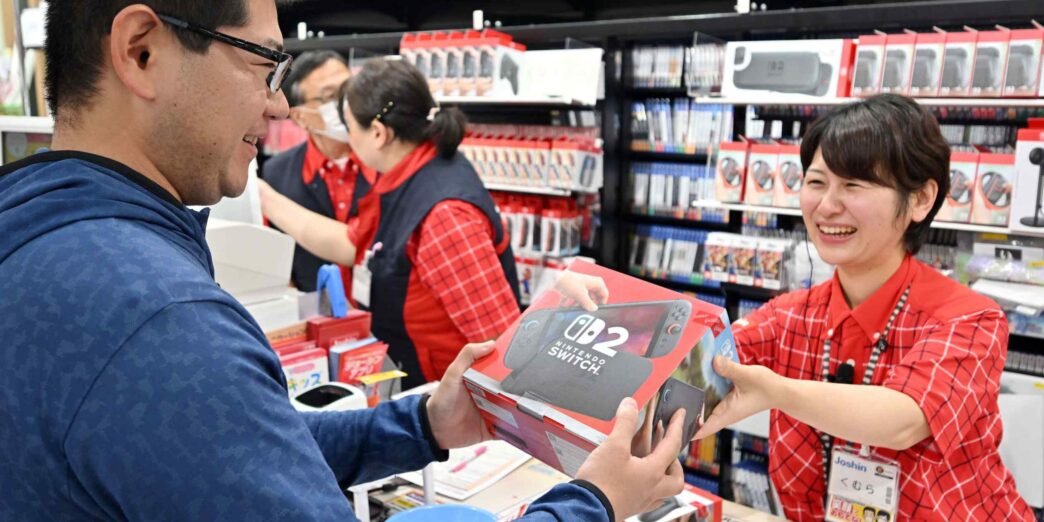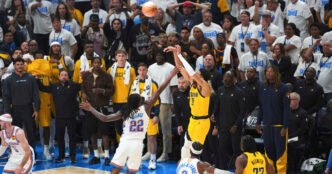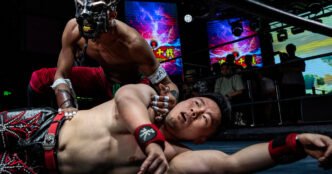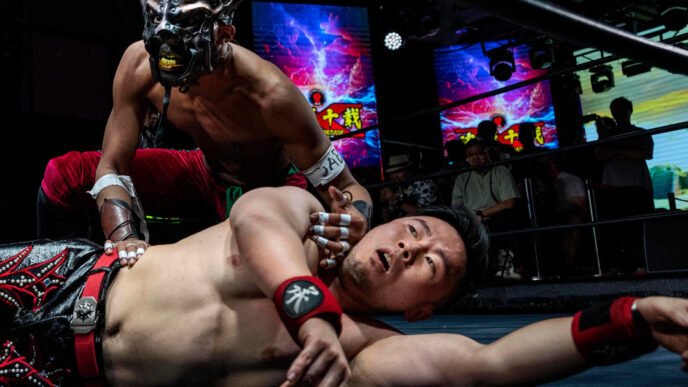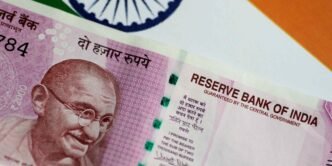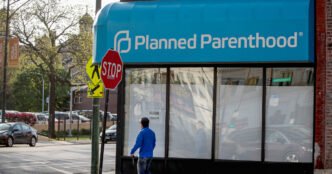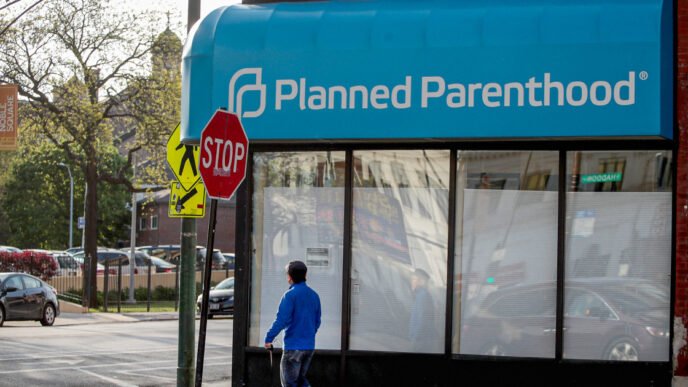Hello from Tokyo. Nintendo released its new game console, the Nintendo Switch 2, on Thursday. However, due to supply constraints and a strict and complex lottery-based sales system, eager fans may have to wait quite a while before getting their hands on the device. Our news editor, who once covered Nintendo as a reporter, shared his disappointment after failing to win the lottery on Wednesday.
The Switch 2 faces two major challenges. The first is whether Nintendo can ramp up supply in time for the holiday shopping season, amid global disruptions linked to Trump-era tariffs. The second, longer-term challenge is whether the company can break its cycle of hit-and-miss consoles following the massive success of the current Switch.
Headquartered in Kyoto, Nintendo stands out among Japanese tech companies. It entered the game console market over 40 years ago, following the success of its portable Game & Watch device, which used display technology originally developed for calculators. Even as tech giants like Sony and Microsoft entered the gaming industry, Nintendo has managed to maintain its market share. In recent years, it has held its ground against the rise of smartphone and PC gaming.
Nintendo has two key strengths. The first is its hardware development philosophy, known as “lateral thinking with withered technology.” Just as it once adapted calculator-based tech for gaming, Nintendo has consistently introduced new forms of entertainment by creatively combining widely available, mature technologies. The second strength lies in its roster of game characters, developed over more than 40 years. With franchises like Mario and Zelda, it offers games beloved by players of all ages.
Will the Switch 2 make it onto your gift list in time for the holiday season? Please stay tuned to Nikkei Asia for the latest updates.
My suggested reads
1. The grocery retail market in the Philippines is being shaken up by the rapid expansion of two so-called hard discounters, Dali and O!Save. Characterized by limited selections of mostly own-brand products, a relentless focus on cost efficiency and noticeably lower prices than their competitors, they are carving out a significant niche.
2. In May, Nissan’s new CEO, Ivan Espinosa, unveiled a drastic restructuring plan echoing the carmaker’s cost-cutting strategy of 1999, which succeeded by slashing over 20,000 jobs and closing factories. But today, Nissan faces far tougher challenges, including the shift toward electric vehicles and growing competition from China.
3. In an exclusive interview, Bank of Thailand Gov. Sethaput Suthiwartnarueput warns that U.S. tariffs and the resulting influx of diverted goods into Southeast Asia’s second-largest economy could hurt industries from tires to furniture, with the real impact likely to hit in the second half of the year.
4. South Korea’s new president, Lee Jae-myung, faces urgent trade talks with the U.S. as the pause on President Donald Trump’s “Liberation Day” tariffs ends next month. With major implications for South Korea’s economy, Lee must act quickly — possibly using his shared outsider status with Trump to his advantage in negotiations.
5. Once a quiet colonial outpost, Malaysia’s Penang Island has evolved into a multicultural hub where temples, street art and clan houses meet hip cafes and heritage hotels. Writer and local resident Marco Ferrarese shares how to enjoy the island’s rich history, vibrant food scene and lush hill trails.
Through the lens
This week’s top photo pick: South Korea’s new President Lee Jae-myung forms a heart shape with his arms as he greets supporters after his inauguration in Seoul on June 4. (Photo by Lee Jin-man/Pool/)
Check out more of our photo coverage here
Wishing you a wonderful weekend!
Akito Tanaka
Sign up for the weekly Editor-in-chief’s picks newsletter here.
Follow us on LinkedIn and Instagram

